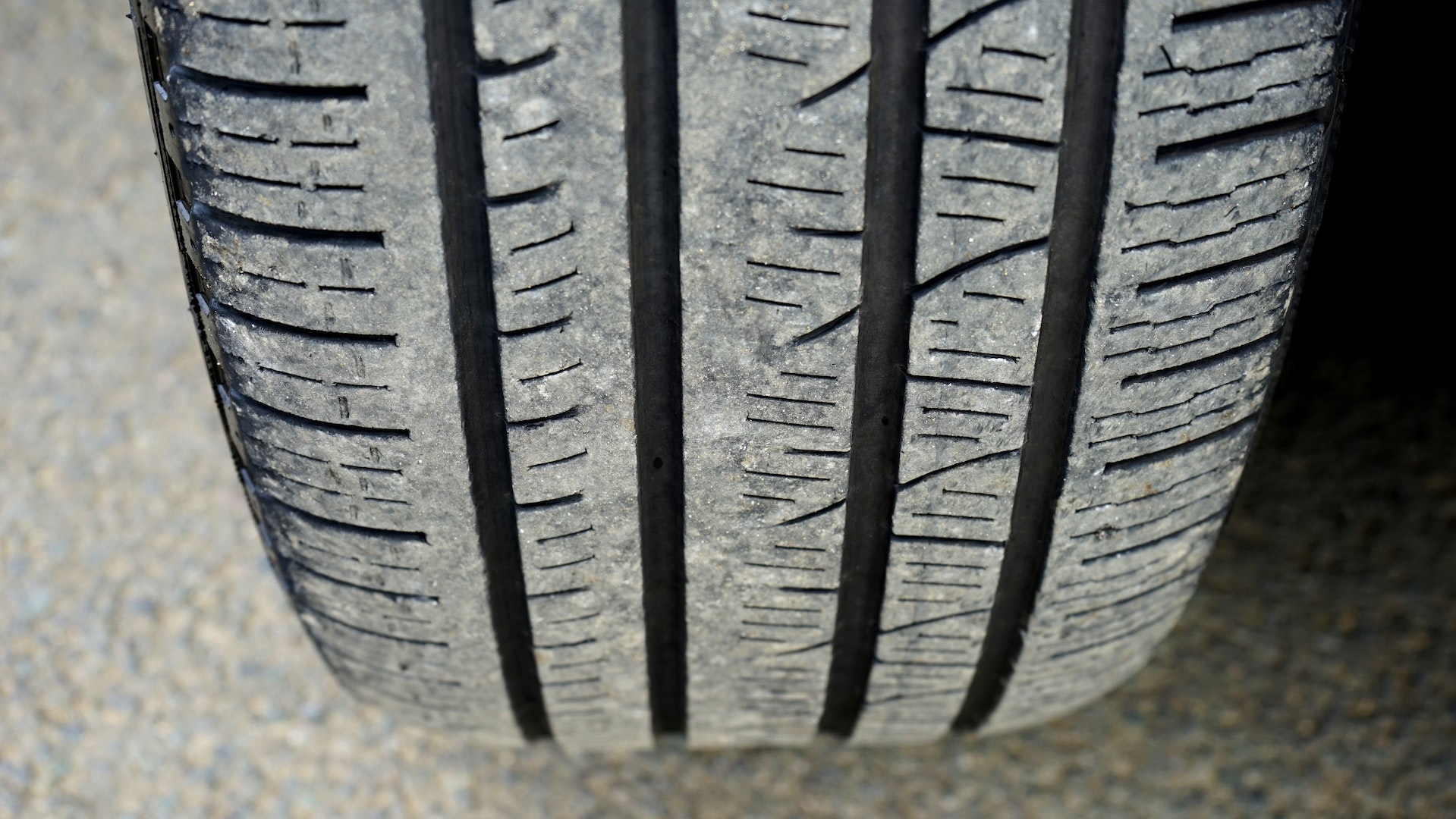It’s expensive to buy a full set of new tires. So it’s a tendency for many vehicle owners, trying to be frugal, to purchase two new tires instead of four. They put the new tires on the driving wheels and the older or different style tires on the non-driving wheels.
Winter or summer, both moves are equally bad decisions—and both will result in some very unsafe driving conditions.
We have experienced this first-hand while attending the Bridgestone Winter Driving School in Steamboat Springs, Colorado, when director and chief driving instructor, Mark Cox, put us in a rear-wheel-drive Toyota pickup and front-wheel-drive car to show us the adverse affects un-matched tires have on vehicle handling.
Our first laps around the snow-covered road course allowed us to get used to how each vehicle handled the conditions on brand new stock street tires. Then Cox swapped out those tires for a set of Bridgestone Blizzaks—tires designed specifically for use on ice and snow. The difference was night and day. The snow tires provided significantly better traction and safer driving in all aspects.
Then Cox put the stock tires back on the non-driving wheels of each vehicle (front of the Toyota Tacoma 4×4, rear of the front-wheel-drive Corolla.)
The results were astonishing. Driving both vehicles felt like there were ball bearings under the non-driving tires; the Corolla’s rear wanted to skate around toward the front with the slightest touch of the brakes, lift of the throttle, or change in steering direction.
The four-wheel-drive Tacoma didn’t want to turn at all if the truck was moving more than a few miles-per hour, as the front tires wanted to just slide straight ahead.
The tires were switched—the new snow tires to the non-driving wheels, the all-season tires to driving wheels. Again, the results were similar—an uncontrollable vehicle at any speed above a quick walk. The Corolla had problems getting traction to move then once it did you couldn’t make it turn. And instead of not wanting to turn as before, now the Tacoma’s rear end wanted to swap places with the front in turns.
Cox says similar handling problems would result if one put two new street tires on their vehicle and left the older tires on the other two wheels.
The safest and most effective way to improve a vehicle’s handling, winter or summer, is putting on a full set of matched tires. Trying to be frugal in this arena is both foolish and dangerous.

